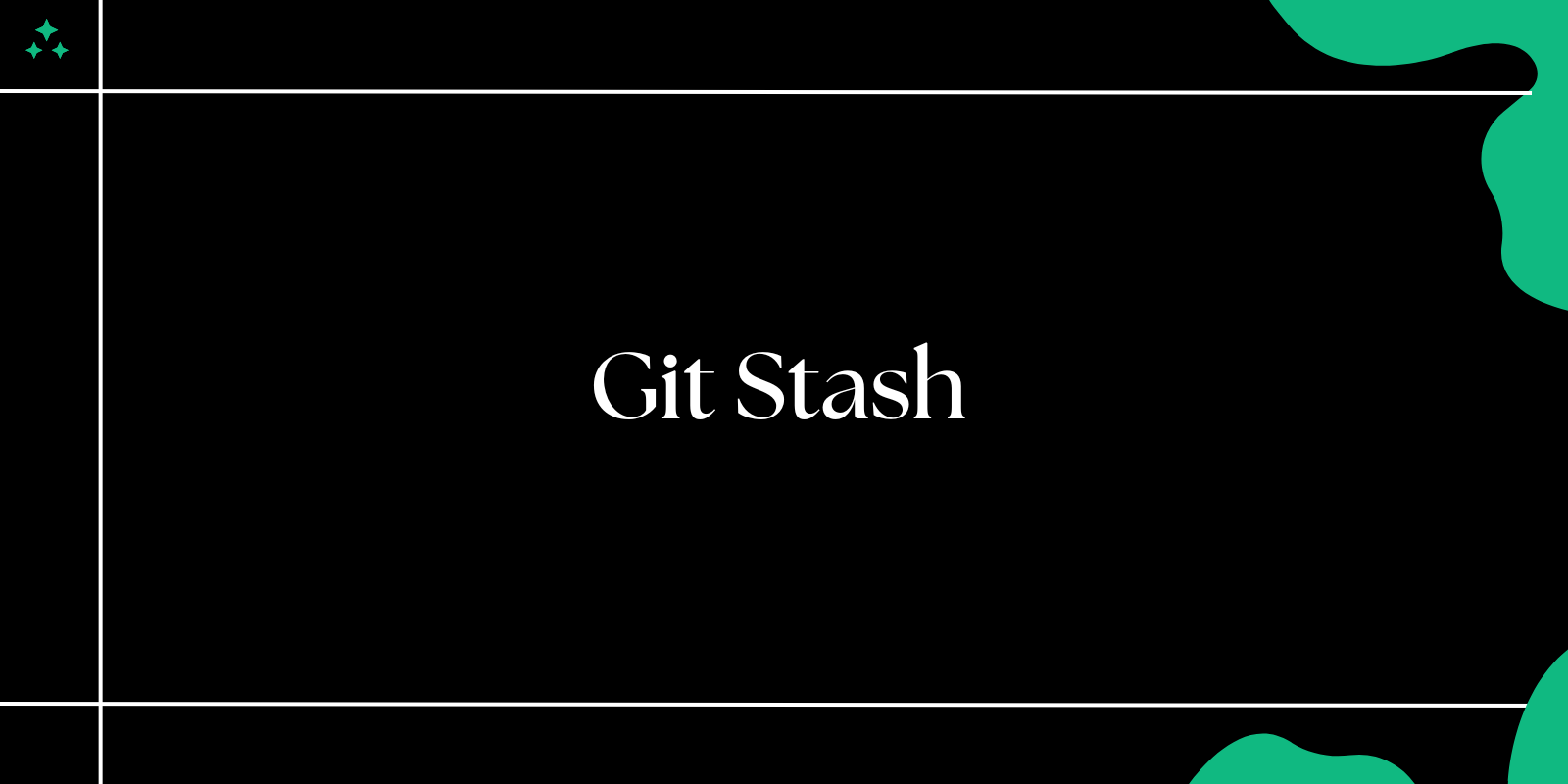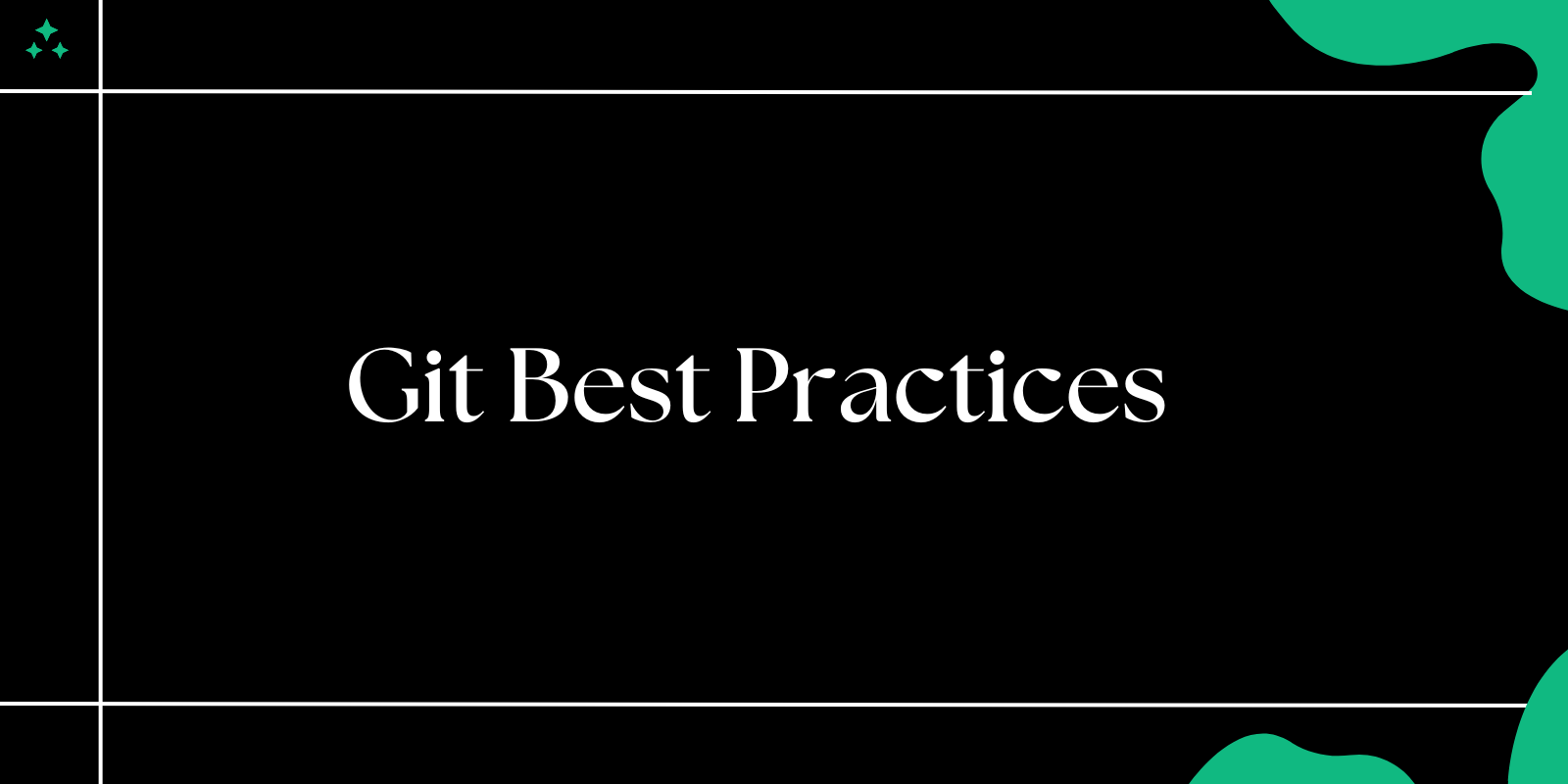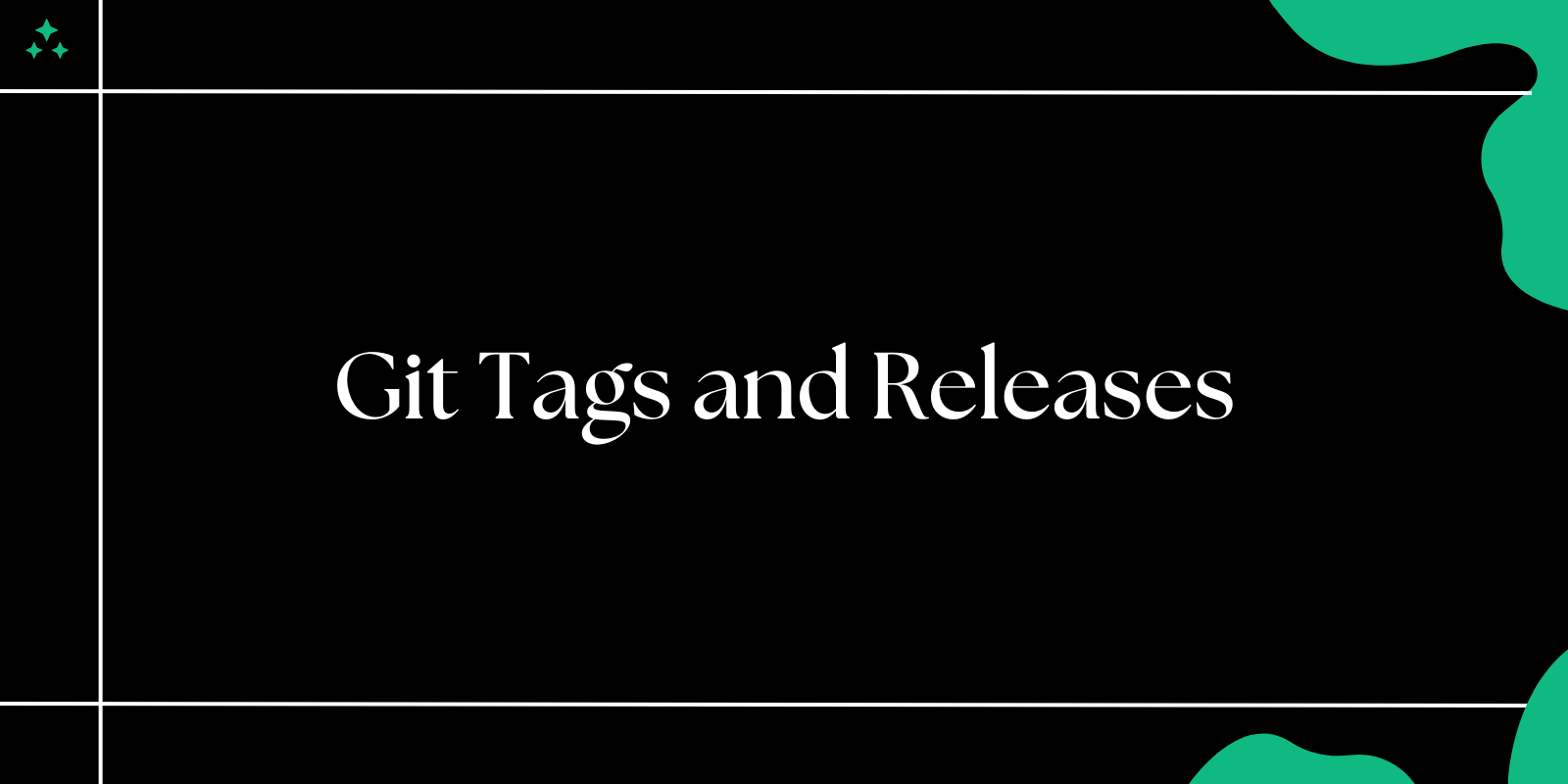Version control is an essential part of modern software development, and Git is the undisputed leader in this space. While branches and commits are widely understood, one of Git’s underappreciated features is Git Stash, which allows you to temporarily save your work in progress without committing it.
This guide explores Git Stash in detail, showcasing how it can improve your workflow by efficiently managing changes.
What Is Git Stash?
Git Stash provides a way to temporarily save modifications in your working directory (both tracked and staged changes) without committing them. It’s useful when you need to switch branches or work on something else but want to come back to your current progress later.
Why Use Git Stash?
- Preserve uncommitted changes without cluttering the branch history.
- Switch between branches without losing progress.
- Experiment with temporary changes without affecting the main codebase.
Git Stash Commands Overview
Here’s a quick overview of common git stash commands:
| Command | Description |
|---|---|
git stash | Stash all modified and staged changes. |
git stash list | View all stashes saved in the repository. |
git stash apply | Reapply the most recent stash. |
git stash drop | Remove a specific stash from the list. |
git stash clear | Delete all stashes in the repository. |
Using Git Stash: A Step-by-Step Guide
1. Saving Changes with git stash
When you’re in the middle of a task and need to temporarily save your progress:
git stash
This command:
- Saves changes from your working directory and index.
- Restores your working directory to match the last commit.
Example:
$ git status
On branch main
Changes not staged for commit:
modified: app.js
$ git stash
Saved working directory and index state WIP on main: abc1234 Initial commit
$ git status
On branch main
nothing to commit, working tree clean
2. Viewing Saved Stashes
To see a list of all stashed changes, use:
git stash list
Example:
stash@{0}: WIP on main: abc1234 Initial commit
stash@{1}: WIP on feature: def5678 Add new feature
Each stash is identified by its index (e.g., stash@{0}).
3. Reapplying Stashes
To reapply the most recent stash:
git stash apply
To apply a specific stash:
git stash apply stash@{1}
Example:
$ git stash apply stash@{0}
Note: The
applycommand doesn’t remove the stash after applying it. Usegit stash popif you want to reapply and remove the stash in one step.
4. Dropping Stashes
Once a stash is no longer needed, remove it to keep your stash list clean:
git stash drop stash@{0}
To clear all stashes:
git stash clear
Practical Use Cases for Git Stash
Case 1: Switching Branches
You’re working on a feature but need to quickly fix a bug on another branch:
- Stash your current changes.
- Switch to the other branch and make the fix.
- Return to your original branch and reapply the stash.
Case 2: Experimenting with Code
Try out an idea without committing it:
- Make experimental changes.
- Stash the changes if the experiment doesn’t work.
- Restore the previous state easily.
Case 3: Multi-tasking Across Features
Pause work on one feature, stash it, and start work on another feature or bug fix.
Tips for Using Git Stash Effectively
- Use Meaningful Stash Messages: Add descriptions to your stashes for better organization:
git stash save "Work in progress: Refactoring authentication module"
- Avoid Long-Term Stashes: Commit changes once they’re ready to avoid losing progress.
- Check Stash Conflicts: When reapplying a stash, resolve conflicts if they occur.
Git Stash vs. Git Branch: When to Use What?
| Feature | Git Stash | Git Branch |
|---|---|---|
| Purpose | Temporarily save uncommitted changes. | Maintain a long-term record of changes. |
| Workflow Impact | Does not clutter branch history. | Preserves changes with clear commits. |
| Suitable For | Short-term task switching or experiments. | Long-term feature development or fixes. |
Conclusion
Git Stash is a powerful tool for managing work in progress without creating unnecessary commits. By mastering the commands and strategies outlined in this guide, you can streamline your development workflow and handle changes efficiently.
Start incorporating Git Stash into your projects today and experience the benefits of better task management!



